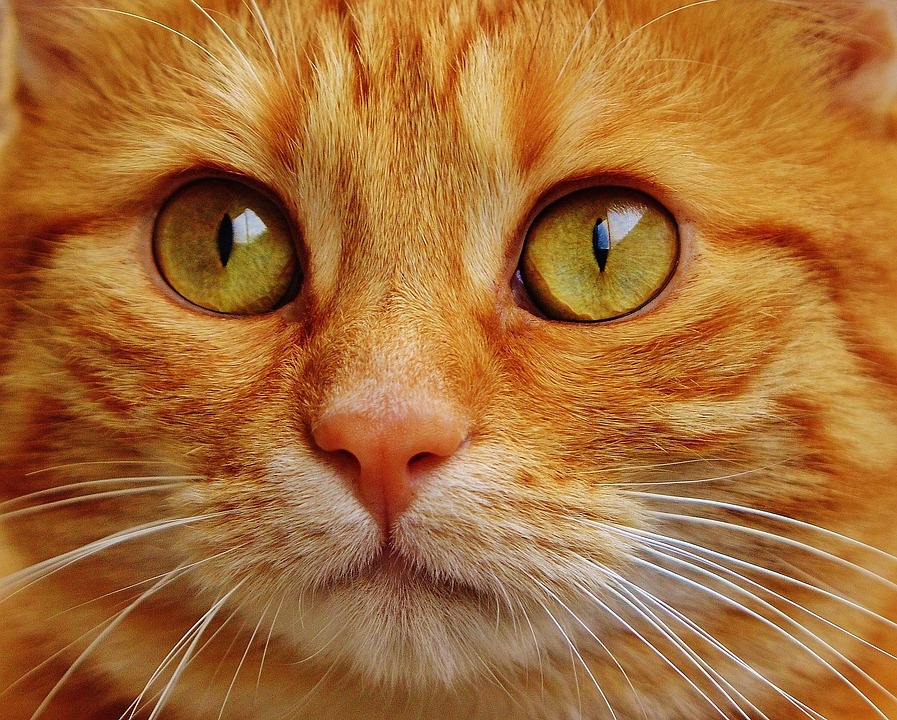Food allergies in cats are a common health concern that can cause a range of uncomfortable symptoms. It is important for cat owners to have a comprehensive understanding of food allergies in cats in order to effectively manage them. This article aims to provide cat owners with the knowledge they need to understand and manage food allergies in their feline companions.
Food allergies in cats can be defined as an abnormal response of the immune system to certain proteins found in food. These allergies differ from food intolerances, which do not involve the immune system. Food allergies are relatively common in cats, with studies suggesting that up to 25% of cats may be affected.
There are several common allergens for cats, including beef, dairy products, fish, and poultry. Some cats may also develop allergies to grains such as corn or wheat. The proteins in these food sources can trigger an allergic reaction in sensitive cats. Additionally, genetics can play a role in the development of food allergies in cats, with certain breeds being more prone to allergies.
The symptoms of food allergies in cats can vary, but commonly include digestive symptoms such as vomiting and diarrhea, as well as skin-related symptoms like itchiness and redness. Cats with food allergies may also experience respiratory symptoms such as sneezing or coughing. Less common symptoms can include behavioral changes or even life-threatening anaphylactic reactions.
Diagnosing food allergies in cats can be challenging, and it is important to consult with a veterinarian for an accurate diagnosis. One common method of diagnosis is an elimination diet trial, where the cat is fed a hypoallergenic diet to see if their symptoms improve. Allergy testing options, such as blood tests or intradermal tests, may also be used to identify specific allergens.
Managing food allergies in cats involves implementing dietary changes to avoid the allergenic proteins. An elimination diet can be effective in identifying trigger foods and choosing appropriate hypoallergenic cat food. Reading labels and avoiding cross-contamination is crucial to ensure the cat’s diet remains allergen-free. Cat owners may also consider home-cooked diets, but it is important to work with a veterinarian to ensure the diet is nutritionally balanced.
Some frequently asked questions regarding food allergies in cats include whether cats can develop allergies later in life, how long it takes to see improvements after starting an elimination diet, and whether certain cat breeds are more prone to food allergies. It is also important to note that food allergies can potentially cause behavioral changes in cats and, in rare cases, can be life-threatening.
In conclusion, understanding and managing food allergies in cats is essential for cat owners to ensure their furry companions live a comfortable and healthy life. By working closely with a veterinarian and implementing appropriate dietary changes, cat owners can effectively manage their cat’s food allergies and alleviate their discomfort.








